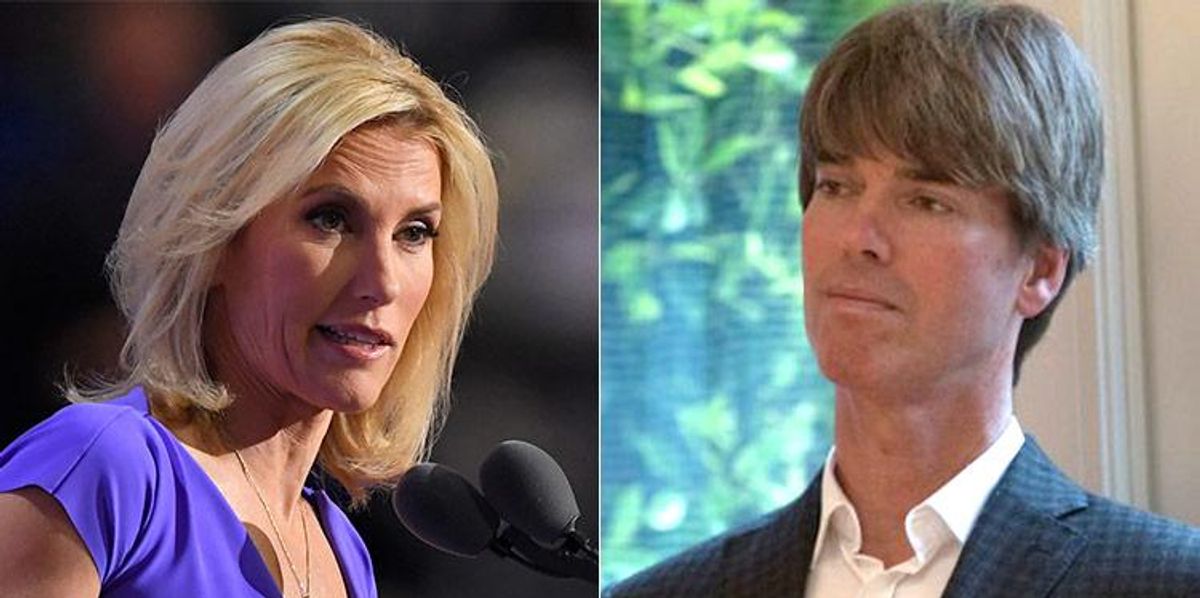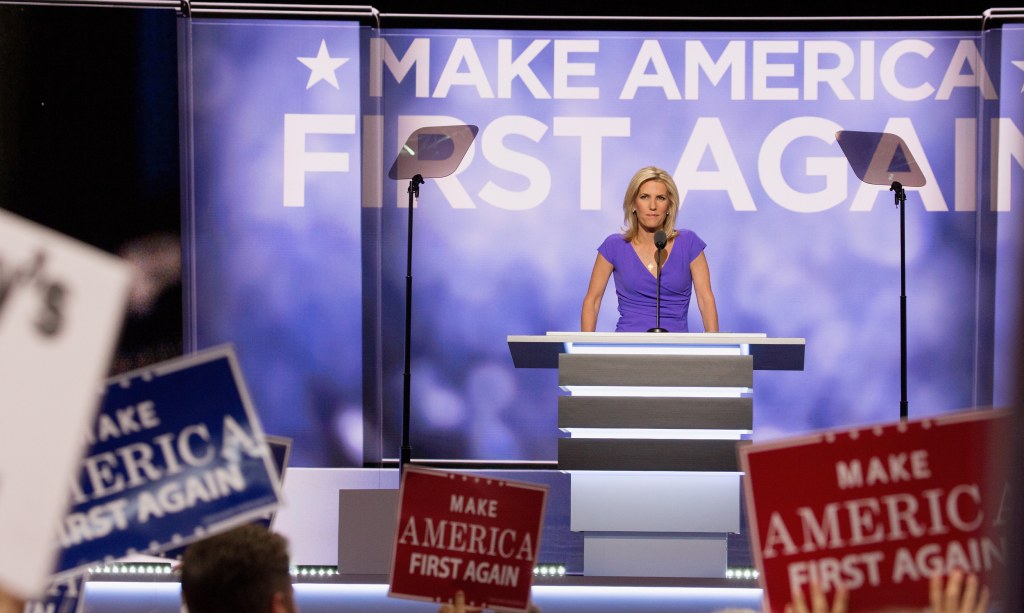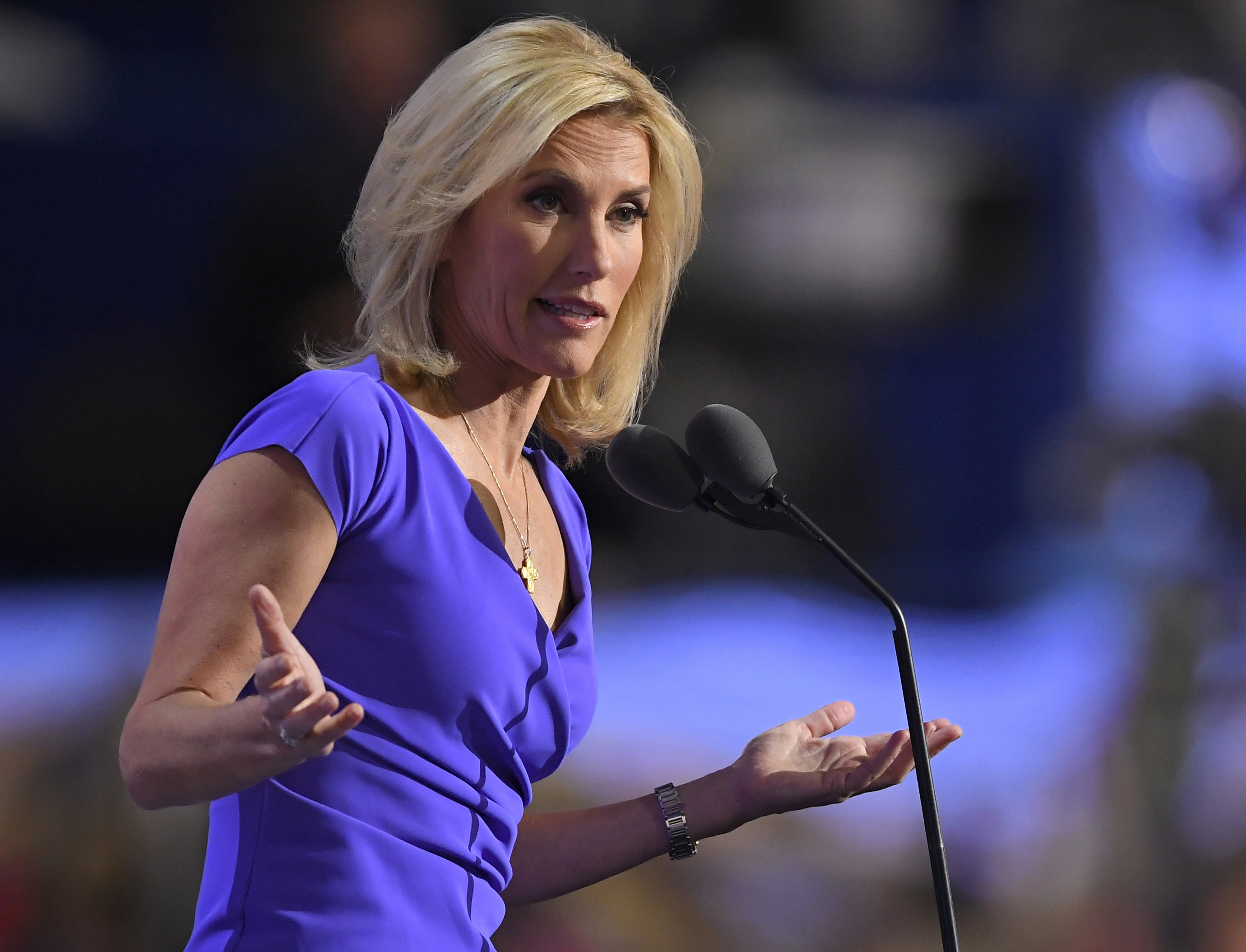Laura Ingraham’s Gay Brother: ‘She’s a Monster’

In a recent interview with The Daily Beast, Curtis Ingraham, the openly gay brother of conservative commentator Laura Ingraham, voiced his sharp criticism against her, branding her as “a monster.” This accusation stems from Curtis’s belief that Laura’s increasingly hostile stance toward LGBTQ+ issues is rooted in the traumatic experiences they endured during their childhood, particularly stemming from their father’s alcoholism and extremist views. As a family member, Curtis offers a unique perspective on the transformation of Laura’s public persona over the years.
The Impact of a Troubled Upbringing

Curtis Ingraham reflects on their shared childhood and how it molded their perspectives. Growing up under the influences of an alcoholic father with Nazi sympathies created an environment rife with fear and hostility. Curtis suggests that Laura’s public persona, which often presents a tough, uncompromising character, is a defense mechanism that shields her from confronting the painful memories of their youth. He implies that this has contributed significantly to her current views on LGBTQ+ issues, driving a wedge between her past self and the zealous figure she has become on television.
A Shift in Public Persona

During the late 1990s, Laura exhibited a more compassionate viewpoint toward LGBTQ+ rights. At that time, she showed support for Curtis and his partner, Richard Smith, who was suffering from AIDS. In her writings, Laura even expressed regret for past anti-gay comments, which seemed to signal a more progressive attitude. Contrasting sharply with this earlier outlook, her rise to prominence as the host of “The Ingraham Angle” on Fox News marked a drastic pivot towards more conservative, often aggressive stances against LGBTQ+ rights. Her hardline approach has led many, including Curtis, to label her current beliefs as hypocritical.
Family Dynamics and Public Discourse

Curtis Ingraham’s vocal criticism of his sister highlights the complexities of family relationships amidst political disagreements. He argues that her declaration of being “pro-family” is undermined by her public disdain for LGBTQ+ rights, particularly as he states, “Family’s first, I know about gay rights, my brother is gay. It’s all a sham.” This statement underscores not only personal betrayal but also the larger tensions within conservative circles regarding LGBTQ+ rights. Moreover, Curtis has been actively participating in campaigns urging advertisers to boycott “The Ingraham Angle,” demonstrating how deeply personal and public issues intertwine for them.

In response to these allegations, Laura Ingraham issued a statement expressing sorrow over her brother’s comments, stressing their estrangement and differences. This public dispute has revealed more than just a familial divide; it reflects the broader societal challenges surrounding acceptance, intolerance, and the personal toll of such divisions. As discussions about LGBTQ+ rights gain momentum across various platforms, the Ingraham family saga serves as a poignant reminder of the complex dynamics both within families and in the world of politics. The contrast between Laura’s past and present views casts a long shadow over her public image, raising essential questions about authenticity and accountability in conservative media.

This unfolding family drama involving Laura Ingraham and her brother Curtis serves as a compelling case study in the intersection of personal history and public belief systems. As the discourse on LGBTQ+ rights continues to evolve, viewers and critics alike are left to contemplate the repercussions of such a contentious relationship on broader societal attitudes.





